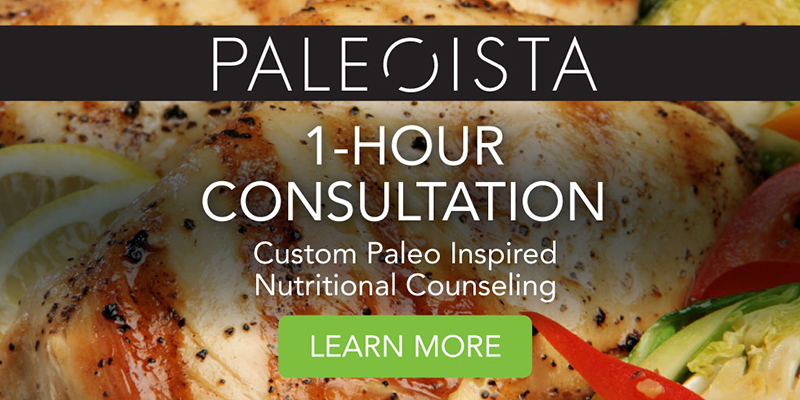Oh Baby! Pregnancy, Breastfeeding and Your Paleo Baby
You’re exercising. You’re full of energy. You’ve never slept better and those skinny jeans that were getting a tad too tight are now fitting that svelte figure you’ve worked your buns off to achieve!
It’s no surprise that, given that sexy glow you’re giving off, intimacy may have picked up a little and before you know it, you’re expecting!
Does that mean you’ve got to completely re-evaluate the healthy eating regime you’ve been thriving on?
Depends not only on whom you ask…but whom you trust.
The American College of Obstetrics and Gynecology1 has an online publication entitled Frequently Asked Questions about Nutrition During Pregnancy.
Incidentally, we are guided here by a link which by the way, can be found via the MyPlate2 site on healthy eating powered by none other than the good old USDA.
In this sage guide, we begin with the following opening Q&A:
How can I plan healthy meals during pregnancy?
Planning healthy meals during pregnancy is not hard. The United States Department of Agriculture has made it easier by creating www.choosemyplate.gov. This web site helps everyone from dieters and children to pregnant women learn how to make healthy food choices at each mealtime
Then, we are enlightened with their version of five food groups (five? I thought there were three!)
What are the five food groups?
- Grains—Bread, pasta, oatmeal, cereal, and tortillas are all grains.
- Fruits—Fruits can be fresh, canned, frozen, or dried. Juice that is 100% fruit juice also counts.
- Vegetables—Vegetables can be raw or cooked, frozen, canned, dried, or 100% vegetable juice.
- Protein foods—Protein foods include meat, poultry, seafood, beans and peas, eggs, processed soy products, nuts, and seeds.
- Dairy—Milk and products made from milk, such as cheese, yogurt, and ice cream, make up the dairy group.
So, to sum it up, if you’re a healthy, vibrant woman who’s feeling healthier than ever before, it would appear you’ve got to add dairy, bread, soy and some canned fruit into the mix, or risk your baby’s health and development.
I beg to differ.
By reintroducing such allergenic and inflammatory foods, you’re not only going to risk making yourself uncomfortable, you’ll also increase the chances of creating a leaky gut condition in your own body, decreasing your ability to absorb all the nutrients you need, let alone what you are then able to provide to your baby.
And once your Paleo baby is born, breastfeeding can become a challenge. Did you know that one of the leading causes of both colic in infants as well as difficulty breastfeeding is an allergy to cow’s milk as well as to soy and gluten? In fact, for years, women with breastfeeding difficulty have been advised to follow a ‘caveman’ diet by those lactation practitioners in the know as by following this anti inflammatory approach, the chances of causing an allergic reaction in the baby is significantly decreased.
The True Paleo approach supplies a wealth of nutrition, down to every last micronutrient that both you and your Paleo baby need to flourish from folic acid to calcium, to rich sources of Omega-3 fatty acids to help brain development.
Imagine the gift you can give your unborn child by never exposing him or her to all the harmful foods that surround us in the first place!
Fresh veggies, wild fish, rich fats and no sugar, refined carbohydrate or man-made ‘stuff’; it’s not just Paleo, it’s common sense!
REFERENCES
[1] http://www.acog.org/-/media/For-Patients/faq001.pdf
[2] http://www.choosemyplate.gov/pregnancy-breastfeeding/pregnancy-nutritional-needs.html






